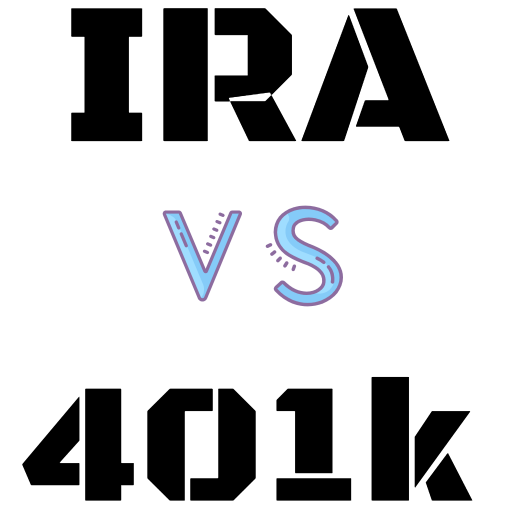
Savings Incentive Match Plan for Employees of Small Employers (SIMPLE) individual retirement accounts (IRAs) can be a boon for small business owners who want to provide qualified retirement savings benefits. However, many employers are not aware of one variation, known as the SIMPLE 401(k) plan: a cross between the more familiar SIMPLE IRA and a traditional 401(k) plan.
Key Takeaways
- SIMPLE 401(k) plans combine the features of traditional 401(k)s with the simplicity of SIMPLE IRAs.
- Companies with 100 or fewer employees can establish SIMPLE 401(k) plans.
- SIMPLE 401(k) plans work like traditional 401(k)s, but employee contributions are capped at a lower annual amount.
The Basics of the SIMPLE 401(k)
As its name implies, the SIMPLE 401(k) is a simplified, stripped-down version of a regular 401(k) plan, geared for the self-employed and small business owners. As with the SIMPLE IRA, only employers with a staff of 100 or fewer can establish a SIMPLE 401(k) plan. The business can be structured in any form, including sole proprietors, partnerships, and corporations.
Employees who are at least 21 years old and have completed at least one year of service must be allowed to participate in the SIMPLE 401(k) plan. They also must have received at least $5,000 in compensation for the preceding year.
One of the simplified features: SIMPLE 401(k) plans do not require nondiscrimination and top-heavy testing to ensure that the plan operates in compliance with IRS rules. Generally, such testing must be done by professionals and can be quite costly.
IRS rules prohibit a company from offering other types of retirement plans to employees already covered by a SIMPLE 401(k). That said, such companies may choose to maintain a separate retirement plan for other groups of employees not covered by the SIMPLE 401(k).
How the SIMPLE 401(k) Works
Once it’s set up, the simple 401(k) works like a regular 401(k). Employees contribute to it with pre-tax dollars out of their paychecks, investing the funds in options provided by the plan administrator.
The IRS sets the amount they can contribute each year. It’s generally about two-thirds of the contribution allowed for a regular 401(k). Employees who are 50 or older can make an additional catch-up contribution—about half of that allowed for a regular 401(k).
For 2020 and 2021, the maximum an employee can contribute to a SIMPLE 401(k) is $13,500, and those over 50 could have contributed an additional $3,000.
Unlike a traditional 401(k), employers are required to contribute to their employees’ SIMPLE 401(k) accounts.
According to the IRS, employers must make either a matching contribution of up to 3% of each employee’s pay or a non-elective contribution of 2% of each eligible employee’s pay.
All employer contributions to a SIMPLE 401(k) are subject to an employee compensation cap, which is $290,000 for 2021 ($285,000 for 2020). This is one way the SIMPLE 401(k) differs from a SIMPLE IRA.
Employees have to keep funds in their account until they reach age 59½ or else pay a 10% penalty on withdrawals. However, they can take out loans against their balance. Contributions to a SIMPLE 401(k) are immediately 100% vested, according to IRS rules. An employee who meets the requirements to receive distributions from the plan may withdraw their entire account balance whenever they like and won’t lose it if they switch jobs after the money is in their account.
SIMPLE 401(k) Rules and Regulations
A SIMPLE 401(k) must be established between January 1 and October 1. The employer must provide a deferral notice to each eligible employee for the year the plan is established, and for each year the employer continues to maintain the plan.
Generally, the notification must be provided at least 60 days before the employee would be eligible to participate in the plan. This notification must include a statement of the employee’s right to make salary deferral contributions to the plan and to terminate their participation in the plan.
Companies offering the plan must file a Form 5500 every year.
The Bottom Line
Helping your employees save for retirement is a great way to keep turnover rates down and retention up. It doesn’t hurt in attracting talent, either—keeping a small firm competitive with the perks offered by larger corporations.
However, while SIMPLE 401(k) plans have a lot of benefits, like easy-to-manage rules, they do have some disadvantages when compared with other savings plans. The mandatory contributions and the paperwork, simplified though it is, can be a burden.
As a result, they’re not for every company—but then, few options are. Consult with 401(k) plan providers and your team of tax professionals to see if this retirement vehicle is the best suited for you and your staff.
